Soda may sparkle in the glass and fizz with nostalgia, but beneath that bubbly surface lies a cocktail of sugar, chemicals, and empty calories that could be quietly sabotaging your health. While the occasional indulgence won’t send you into a tailspin, regularly sipping these sugary bombs might be doing far more damage than you think. From sky-high sugar counts to artificial dyes and controversial additives, many popular sodas deliver a trifecta of trouble: excessive sweetness, zero nutrition, and a surprising list of potentially harmful ingredients.
What’s most alarming is how deceptively drinkable these beverages are. A single 20-ounce bottle can pack more sugar than three glazed doughnuts, often sweetened with high-fructose corn syrup—a known contributor to obesity, diabetes, and fatty liver disease. Some even contain brominated vegetable oil (BVO), a chemical banned in parts of Europe and Japan, yet still found in a few American sodas. Add to that a lineup of artificial colors like Red 40 and Yellow 5, and suddenly that innocent-looking can becomes a chemical experiment with a label.
This list doesn’t just point fingers at the usual suspects—it breaks down exactly why these 12 sodas stand out for all the wrong reasons. Some may surprise you. Others have been skating by on flashy branding and sweet flavor for far too long. But all of them have one thing in common: they’re among the worst choices you can make when you’re thirsty.
If you’re trying to cut back, lose weight, or simply make smarter choices, knowing which sodas to avoid is a great place to start. Let’s crack open the facts and expose the 12 unhealthiest sodas in America—ranked not just for sugar, but for the sneaky ingredients that make each one worse than the last.
1. Fanta Mango
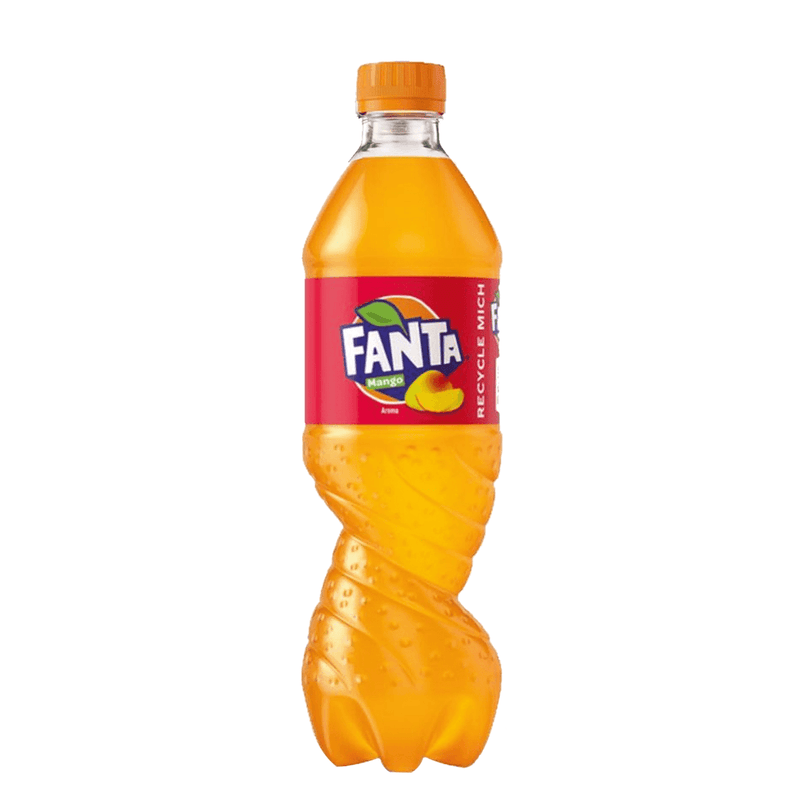
Behind that sunny orange color lurks a tropical nightmare for your health. A single 20-ounce bottle delivers a staggering 76 grams of sugar—that’s like eating 19 teaspoons straight from the sugar bowl!
The high-fructose corn syrup in this drink doesn’t just expand your waistline; it potentially increases your risk for type 2 diabetes and heart disease. Those artificial mango flavorings? They’re lab-created chemicals designed to trick your brain into craving more.
Parents beware: kids who regularly consume sugary drinks like Fanta Mango are 55% more likely to develop obesity compared to those who don’t.
2. Mountain Dew Code Red
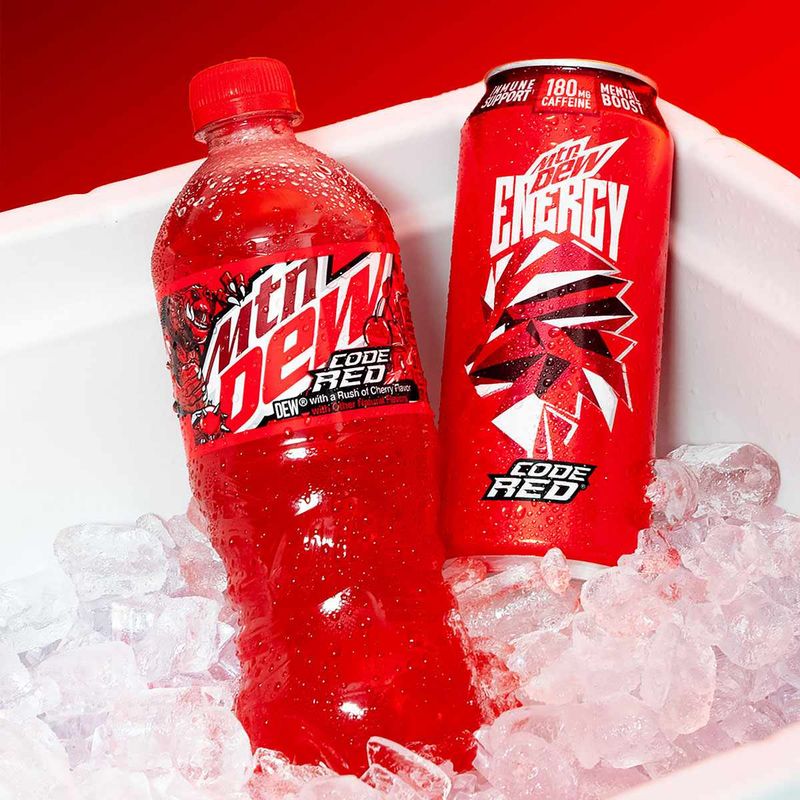
Mountain Dew Code Red might give you a temporary energy boost, but at what cost? This cherry-flavored soda packs a devastating 46 grams of sugar in just 12 ounces, alongside a concerning chemical cocktail.
The bright red color comes from Red 40, linked to hyperactivity in children, while the controversial brominated vegetable oil (BVO) was originally patented as a flame retardant. Yes, you read that correctly—flame retardant!
Add in the caffeine content that can disrupt sleep patterns and increase anxiety, and you’ve got a beverage that essentially functions as liquid candy with stimulants and potential toxins.
3. Pepsi Wild Cherry
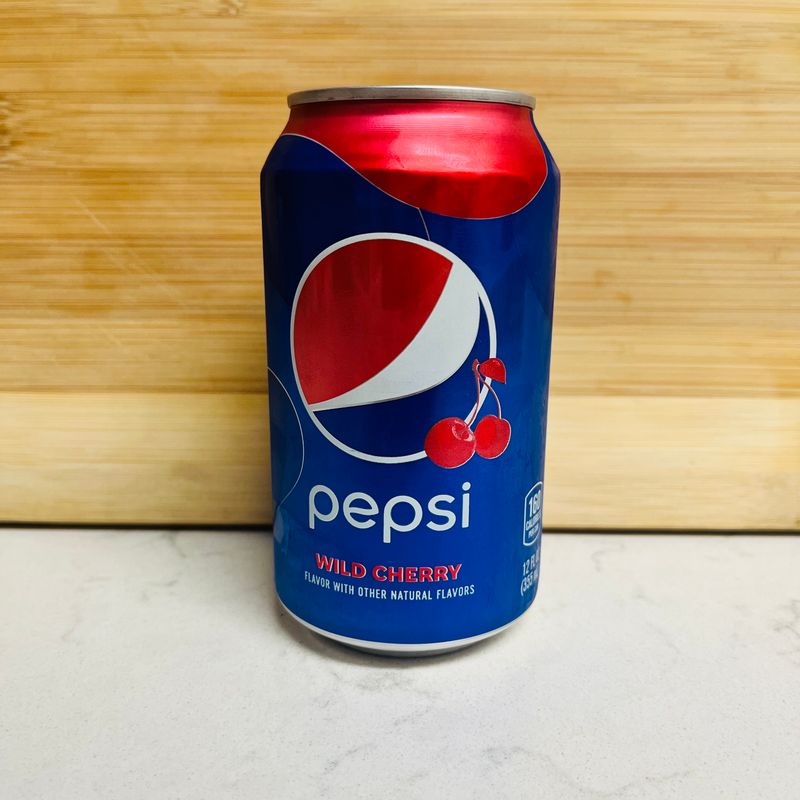
Cherry flavor sounds innocent enough, but Pepsi Wild Cherry is anything but natural. Each 20-ounce bottle ambushes your system with 70 grams of sugar—equivalent to eating 17.5 sugar cubes in one sitting!
The high-fructose corn syrup used to sweeten this drink processes differently in your body than regular sugar, potentially increasing fat storage around your liver and vital organs. Those artificial cherry flavors? They’re created in laboratories, not cherry orchards.
Regular consumption has been linked to increased risks of metabolic syndrome, a cluster of conditions that raise your risk of heart disease, stroke, and diabetes.
4. Mello Yello
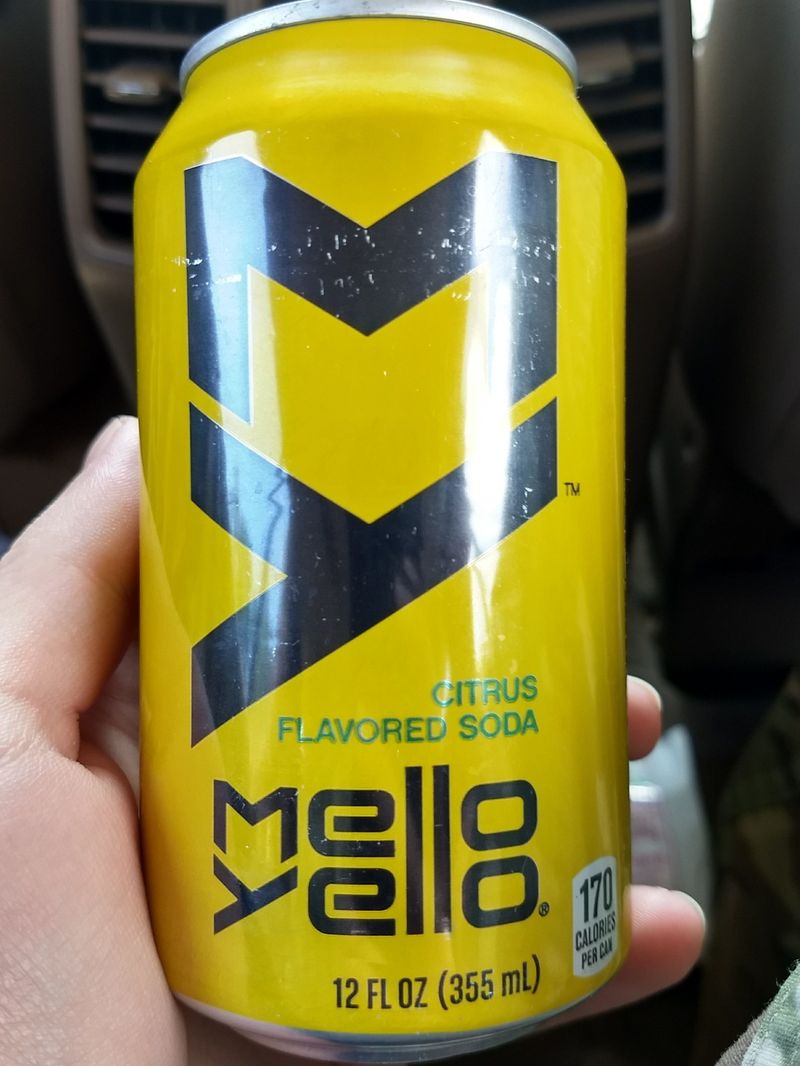
Don’t let the cheerful name fool you—there’s nothing mellow about what this citrus soda does to your health. A single 20-ounce bottle contains a jaw-dropping 78 grams of sugar, the equivalent of eating 20 sugar packets!
Yellow 5 dye gives this soda its signature color, despite being banned in some countries due to potential links to behavioral issues in children. The caffeine content, while lower than some energy drinks, is still enough to cause jitters and sleep disturbances in sensitive individuals.
Regular consumption can lead to dental erosion, as the citric acid wears away tooth enamel faster than many other sodas.
5. Mountain Dew (Original)
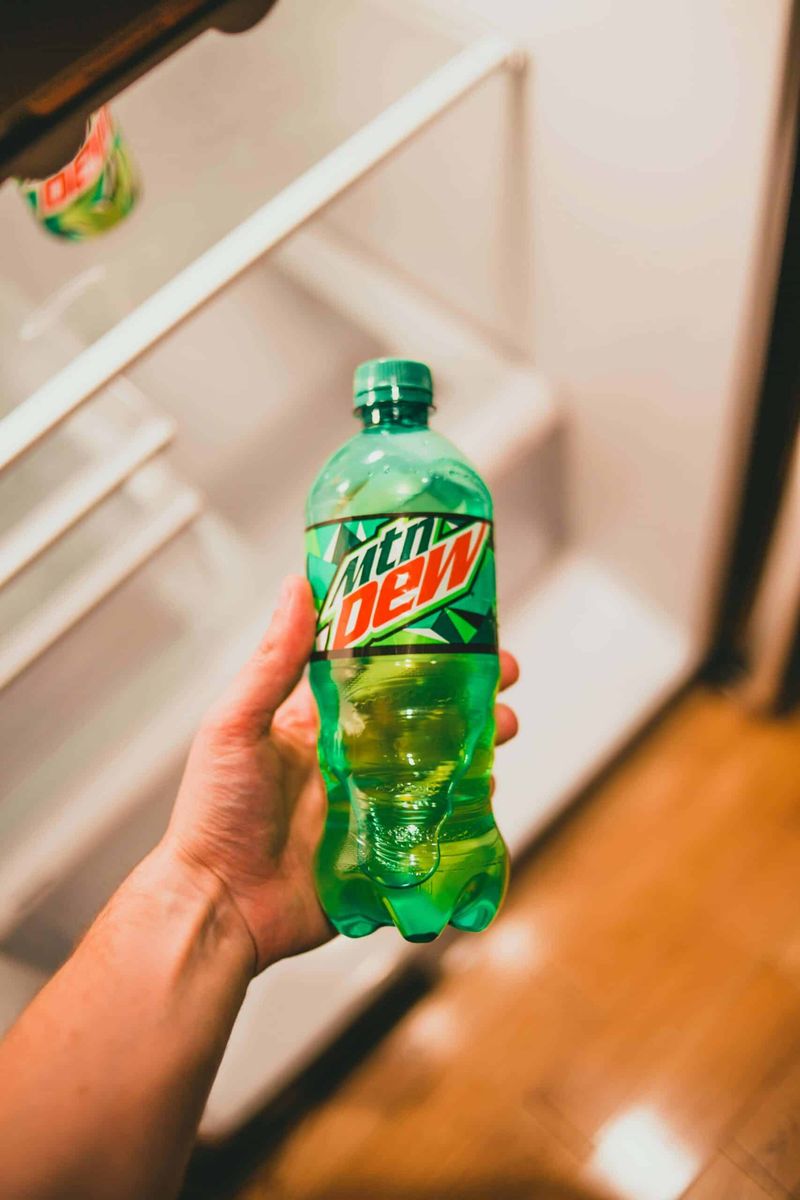
That electric green color should be your first warning sign. Original Mountain Dew delivers an astounding 77 grams of sugar in a 20-ounce bottle—nearly twice the recommended daily limit for added sugars!
The Yellow 5 dye gives this soda its trademark neon appearance, while the caffeine content exceeds that of many other non-energy sodas. Brominated vegetable oil, an ingredient banned in Europe and Japan, lurks in the formula as an emulsifier.
Studies have shown that regular Mountain Dew drinkers face increased risks of obesity, tooth decay, and even something dentists call “Mountain Dew Mouth”—severe dental erosion particularly common in rural areas.
6. Sun Drop
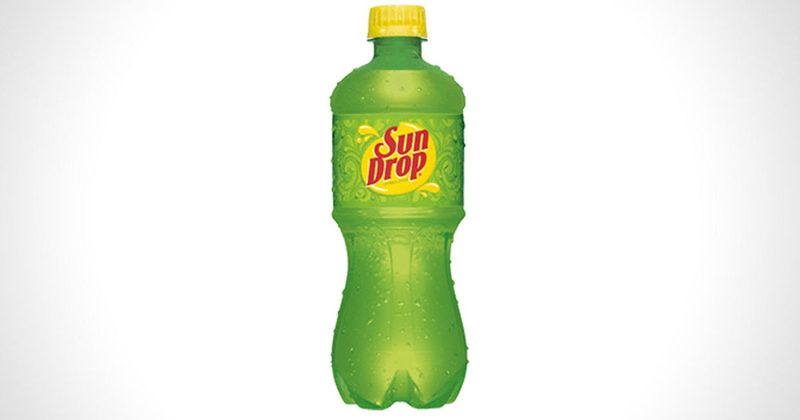
Sun Drop might sound refreshing, but this citrus soda packs a devastating health punch. Each 20-ounce bottle contains a shocking 75 grams of sugar—that’s like dissolving 19 cookies into liquid form!
The brominated vegetable oil (BVO) in Sun Drop has been linked to memory loss and skin problems when consumed in large quantities. Meanwhile, the Yellow 5 dye has been associated with allergic reactions in some people.
The citric acid content is particularly harsh on dental enamel, creating a perfect storm for tooth decay when combined with the massive sugar load that feeds cavity-causing bacteria in your mouth.
7. Stewart’s Black Cherry
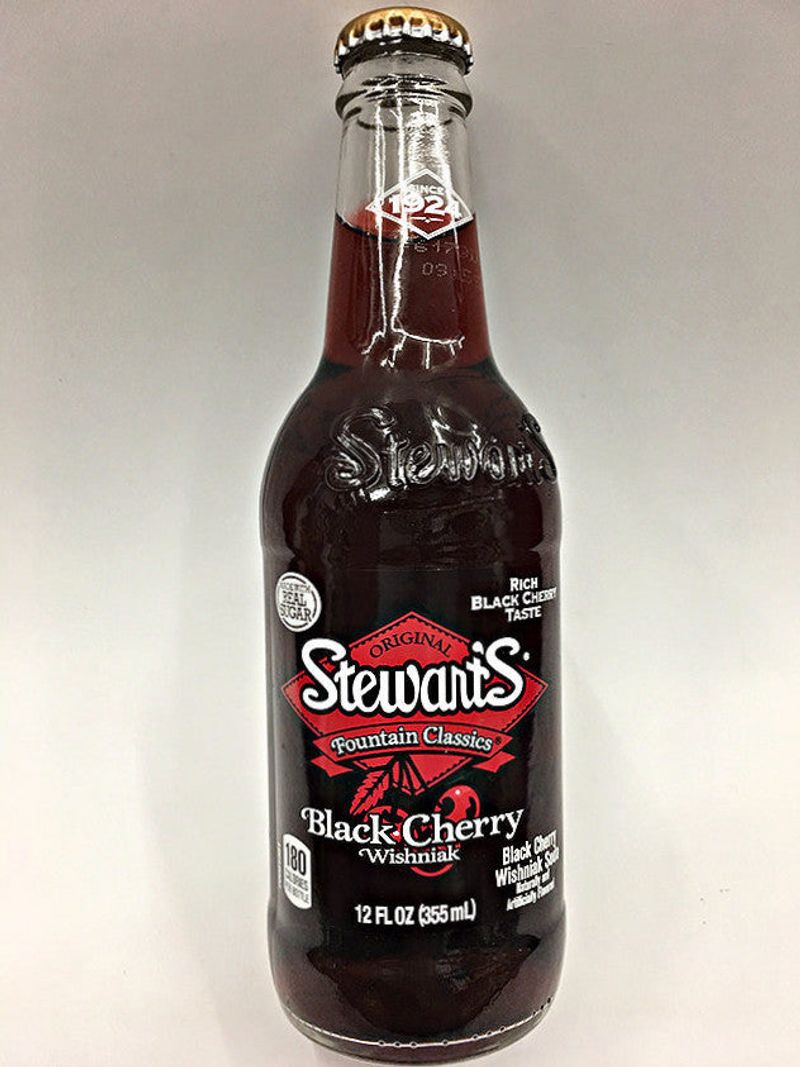
The old-fashioned bottle might trigger fond memories, but Stewart’s Black Cherry soda is a modern health hazard. Each serving delivers 46 grams of sugar—about 11.5 teaspoons—alongside a concerning mix of artificial additives.
The deep red color comes from a combination of Red 40 and Blue 1 dyes, both of which have been linked to behavioral issues in children and potential health concerns. These petroleum-derived colorings serve no purpose beyond making the drink visually appealing.
The high-fructose corn syrup used as a sweetener has been associated with increased risk of obesity, diabetes, and non-alcoholic fatty liver disease when consumed regularly.
8. Dr. Brown’s Black Cherry
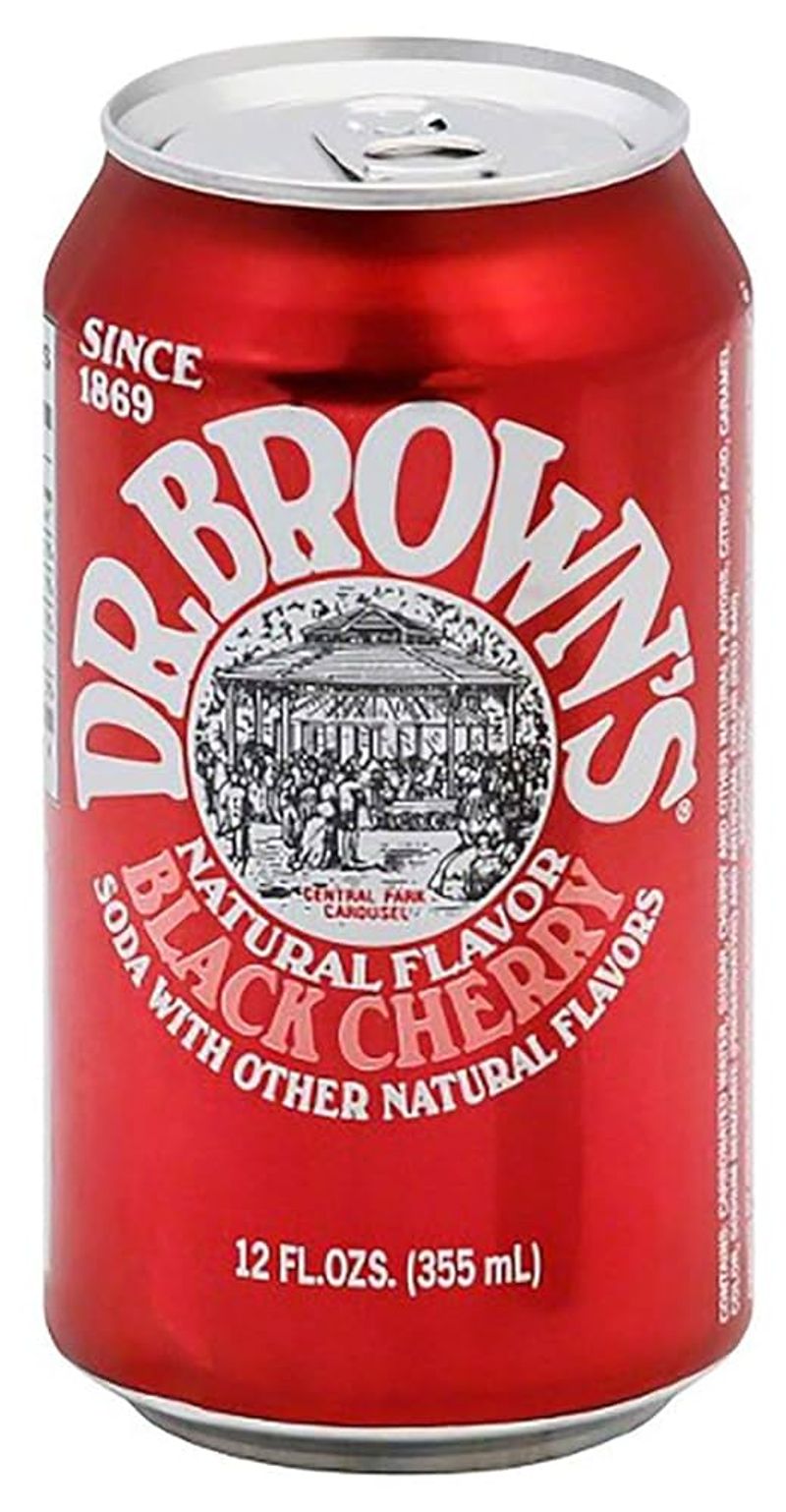
Despite its medicinal-sounding name, Dr. Brown’s Black Cherry soda prescribes nothing but health problems. The 45 grams of sugar per serving equals about 11 teaspoons—imagine spooning that directly into your mouth!
The sodium benzoate preservative can combine with vitamin C to form benzene, a known carcinogen. Meanwhile, the artificial Red 40 dye has been linked to hypersensitivity reactions in some individuals.
This nostalgic drink gained popularity in Jewish delis, but its high-fructose corn syrup formula is far from traditional. Regular consumption has been associated with increased triglycerides and potential insulin resistance—key factors in developing metabolic syndrome.
9. A&W Cream Soda

That smooth vanilla taste masks a sinister nutritional profile. A&W Cream Soda delivers 48 grams of sugar per 12-ounce serving—equivalent to eating 12 teaspoons of pure sugar!
The caramel coloring used to give this soda its amber hue contains 4-methylimidazole (4-MEI), a compound that has shown carcinogenic properties in some studies. The artificial vanilla flavor bears no relation to actual vanilla beans, instead coming from synthetic chemicals designed to mimic the taste.
Regular consumption of cream sodas like A&W has been linked to increased visceral fat—the dangerous type that surrounds your organs and raises risks for heart disease and diabetes.
10. Mug Cream Soda
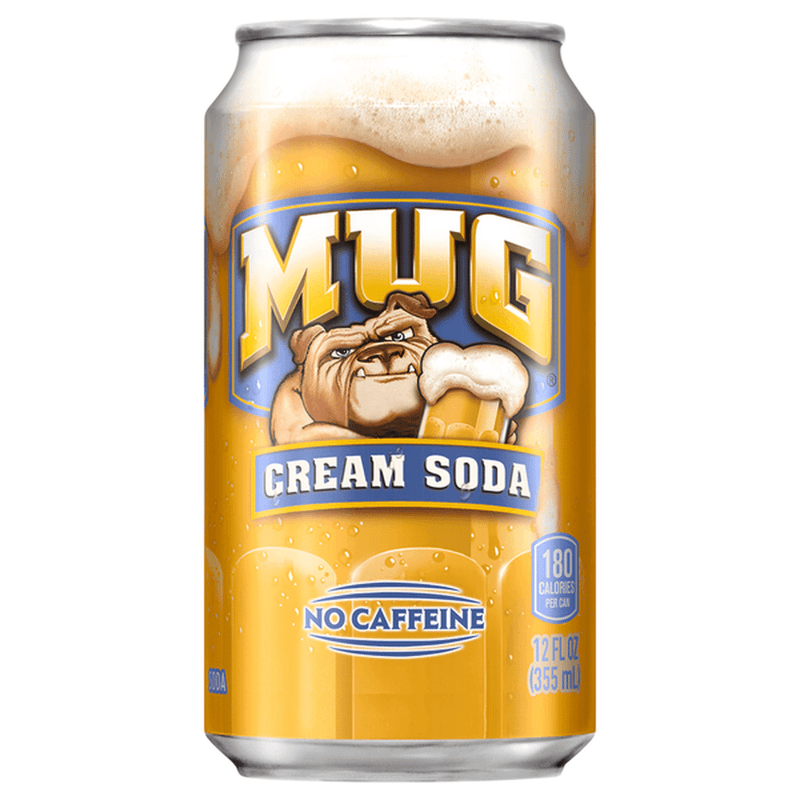
Don’t let the creamy name fool you—this soda contains zero dairy but plenty of problems. With 47 grams of sugar per 12-ounce serving, Mug Cream Soda delivers more than a day’s worth of added sugar in one small can.
The caramel coloring used contains potential carcinogens formed during the manufacturing process. Those artificial vanilla flavors? They’re created in laboratories using chemicals that may trigger allergic reactions in sensitive individuals.
Studies have shown that regular cream soda drinkers have a 20% higher risk of developing type 2 diabetes compared to non-soda drinkers. The high sugar content also contributes to dental erosion and tooth decay.
11. Fanta Grape
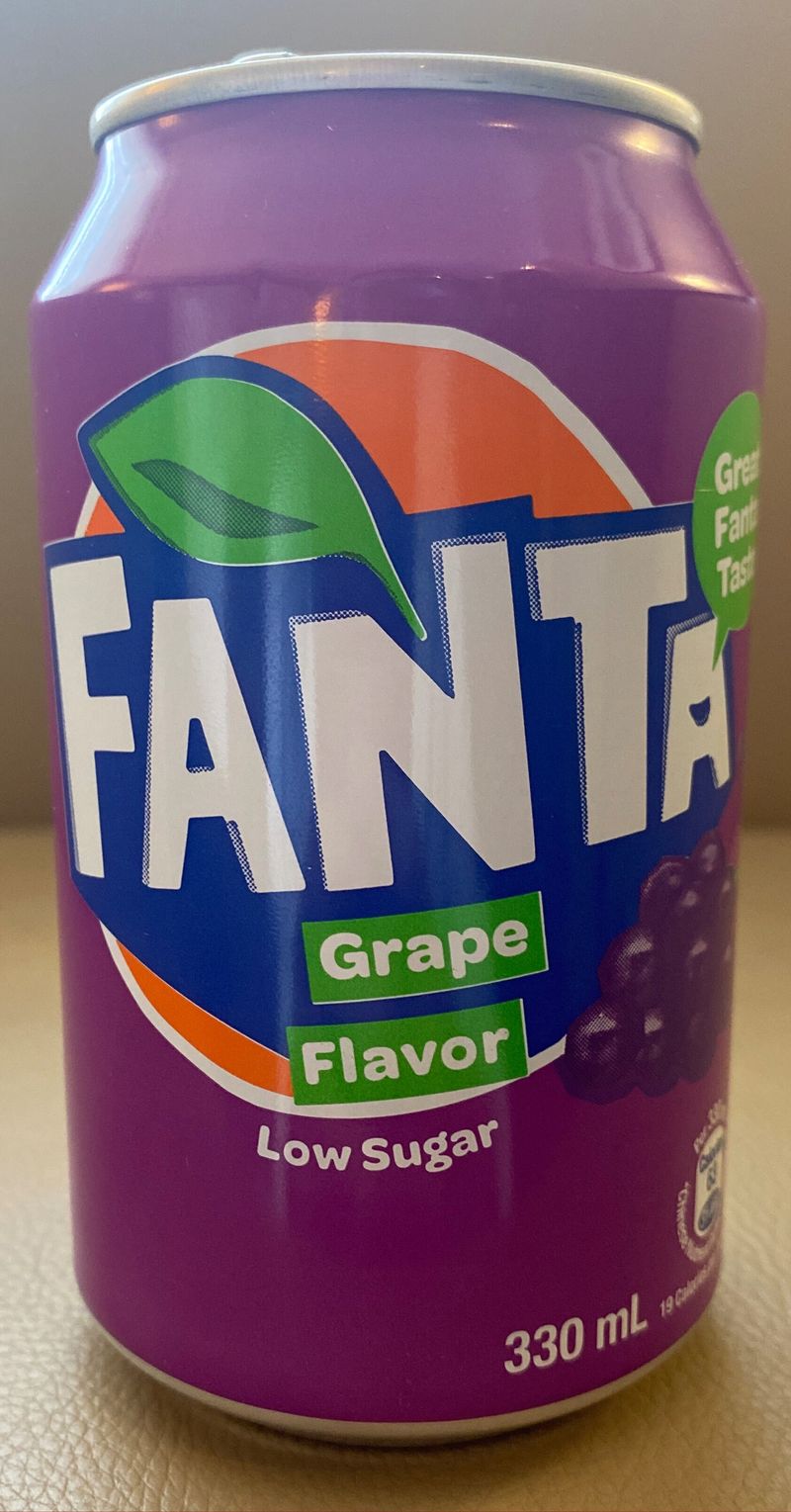
That vibrant purple color should be your first red flag. Fanta Grape delivers 48 grams of sugar in just 12 ounces—that’s like eating 12 teaspoons of pure sugar in one sitting!
The artificial colors Red 40 and Blue 1 have been linked to attention and behavioral problems in children. Some European countries require warning labels on foods containing these petroleum-derived dyes, yet they’re freely used in American sodas.
The high-fructose corn syrup used as a sweetener has been associated with increased risk of weight gain, particularly dangerous belly fat that surrounds vital organs. Regular consumption may also contribute to non-alcoholic fatty liver disease.
12. Nitro Pepsi Draft Cola
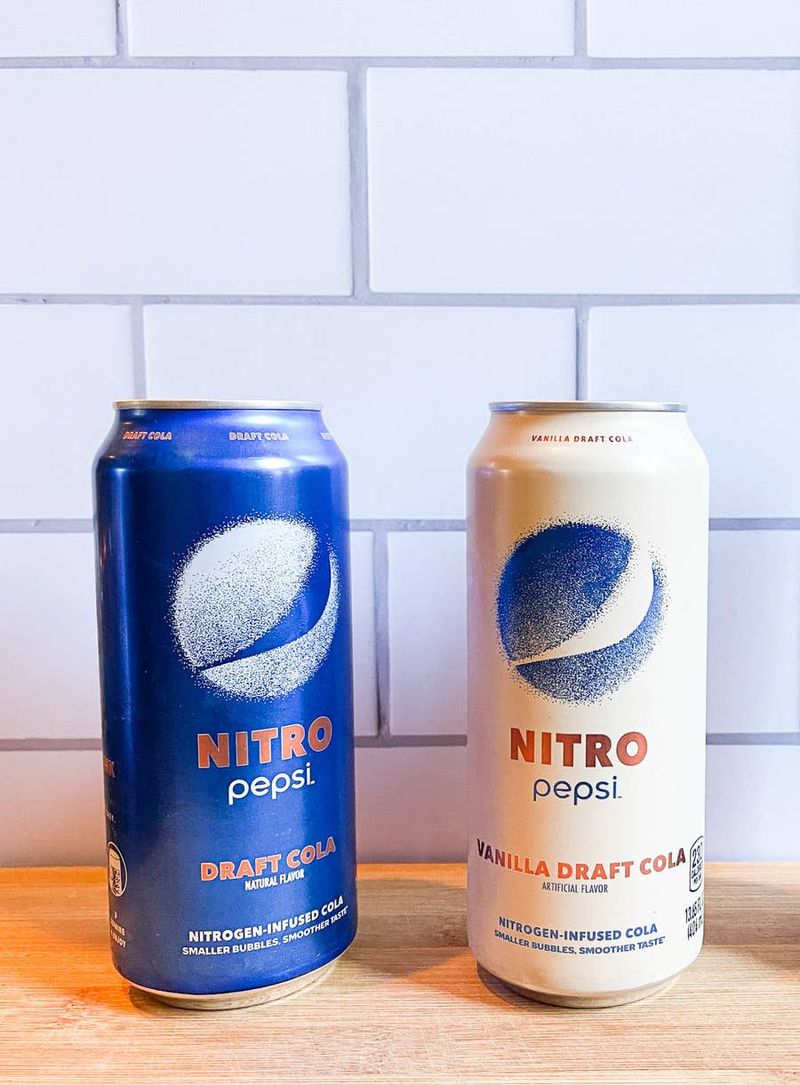
The nitrogen-infused gimmick doesn’t make this soda any healthier—in fact, it’s the worst offender on our list. A single 12-ounce can packs an astronomical 62 grams of sugar, exceeding your entire daily recommended limit by 124%!
The creamy texture comes from nitrogen gas, which creates smaller bubbles than traditional carbonation. This smoother mouthfeel actually tricks your brain into perceiving less sweetness, potentially leading you to consume even more.
The artificial caramel coloring contains 4-methylimidazole (4-MEI), a potential carcinogen formed during manufacturing. Regular consumption of such high-sugar beverages has been directly linked to increased rates of obesity, type 2 diabetes, and heart disease.
Leave a comment